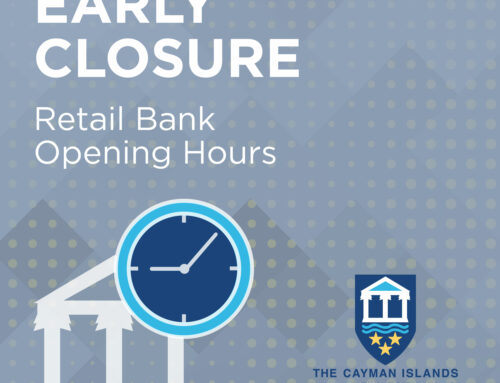The Cayman Islands Bankers Association is raising awareness of banking safety, helping individuals and businesses protect their finances from fraud, identity theft, and cyberattacks.
We encourage you to learn about the safety measures offered by the six retail banks in the Cayman Islands to safeguard your finances and enjoy worry-free banking, whether online, at ATMs, or in branches.
ATM Skimming
Be aware of your surroundings and learn how to spot tampered ATMs to safeguard your information. Skimming devices can capture your card details and PIN, exposing you to fraud risk.. Before using an ATM, quickly check for any obvious signs that the machine has been tampered with such as visible tape or any loose or unusual parts. By taking a few precautionary steps, you can ensure your transactions remain secure.
ATM Safety
Practicing good ATM safety habits is crucial – choose well-lit locations, cover your PIN, and stay alert to your surroundings. These simple actions can protect your personal information and reduce the risk of theft or fraud.
Third-Party Applications
Keep your data safe by staying selective with the apps you use, especially those wishing to access your banking data. Only download trusted applications, and regularly review the permissions granted to them.
Social Media
Social media is a great way to connect, but oversharing can put your financial security at risk. Avoid posting sensitive details like your bank name or recent transactions and be wary of ads promising quick and easy cash, as they are often scams designed to steal your personal information.
Online Banking
Your online banking account is a gateway to your finances. Protect it by using strong, unique passwords, enabling two-factor authentication and regularly monitoring your account for any suspicious activity. Registering your personal cell phone for two-factor authentication is more secure than using an email address which may be more easily compromised.
Phishing
Phishing emails and messages are designed to trick you into revealing personal information. Always double-check the sender’s details, and never click on suspicious links. If you are uncertain about the authenticity of an email, especially where links are provided or personal information is requested, contact the sender through established channels such as their company website, or by calling their registered phone number to verify the request.





